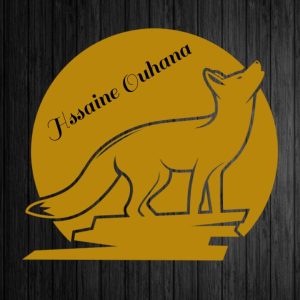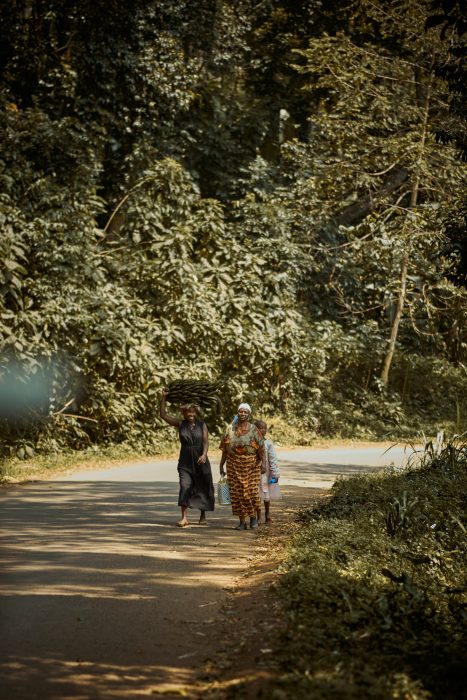Languages in Tanzania, Citizens in the Republic of Tanzania speak more than 100 spoken languages, which makes it classified as the most linguistically diverse country among the countries of East Africa. There are no official languages defined by Tanzanian law, and the Swahili language is mainly used in parliamentary debates and in lower courts, in addition to its use as a language of education in schools. Primary, while English is used in diplomatic fields, foreign trade, and supreme courts in addition to being used as a language of education in secondary and higher education, the government in the country is moving towards stopping the use of English as a language of teaching, and nearly 10 percent of the Tanzanian people speak Swahili As a first language, while 90 percent of them speak this language as a second language, and many educated Tanzanian citizens speak three languages in addition to English

Swahili, also known as the Swahili tongue, is a Bantu language spread on the coasts of East Africa. It is the official language of Kenya, Tanzania (de facto), and Uganda, and one of the national languages in the Democratic Republic of the Congo. It is also the mother tongue of the Swahili people, and it is a common language of communication in the African Great Lakes region. and other parts of eastern and southeastern Africa, including Tanzania, Kenya, Uganda, Rwanda, Burundi, Mozambique, and the Democratic Republic of the Congo. The Comorian language, the official language of Comoros, is sometimes classified as a dialect of Swahili, although it is considered a separate language in its own right by some sources. The Comorian language has close ties to the Swahili language.



Leave a Reply